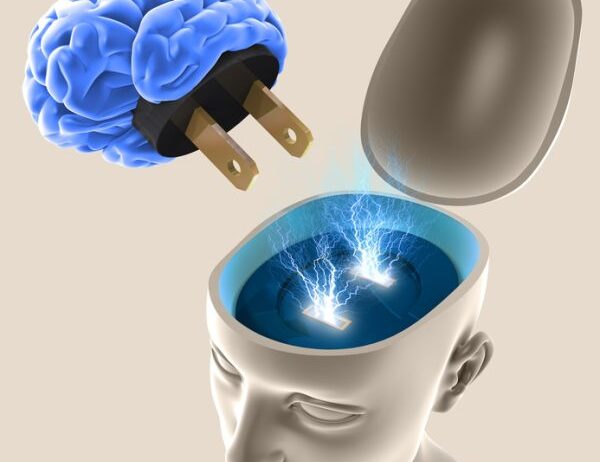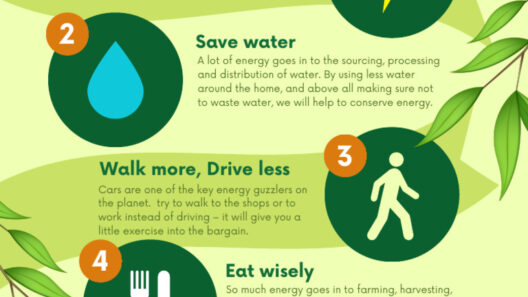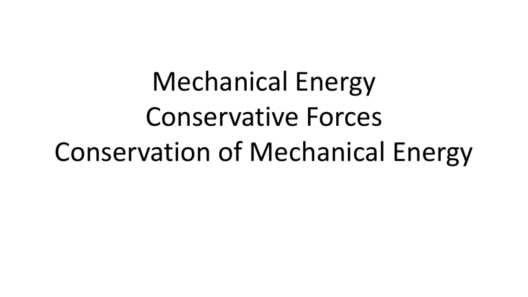The human brain, an intricate maze of neural pathways, operates as a sophisticated energy management system. While it comprises approximately 2% of the body’s weight, it consumes nearly 20% of its energy. This remarkable phenomenon raises a pivotal question: how does the brain conserve energy while maintaining optimal functioning? Understanding the mechanisms behind mental efficiency not only illuminates the delicate balance of our cognitive processes but also offers insights into enhancing our mental acuity.
At the core of cognitive efficiency lies the concept of cognitive economy. This principle suggests that the brain employs various strategies to minimize energy expenditure without compromising performance. One striking analogy often used is that of a bustling city at night. Just as streetlights illuminate only the necessary pathways to conserve power while ensuring safety, the brain selectively activates neurons, focusing energy where it is most essential. This selective activation manifests through the phenomenon of neural plasticity, which allows the brain to adapt and optimize its connections based on learned experiences and environmental demands.
One of the brain’s most remarkable strategies for energy conservation is the use of inhibition. Inhibition refers to the brain’s ability to suppress certain neural circuits in favor of others. This process serves a dual purpose: it lowers overall neuronal firing, thereby saving energy, and enhances focus by eliminating distractions. Such selective attention can be likened to a spotlight that illuminates a single performer on a dimly lit stage—only the most critical information is highlighted for processing, while peripheral stimuli fade into the background.
Moreover, the efficiency of synaptic transmission plays a crucial role in energy conservation. The brain communicates through synapses, the junctions where neurons transmit signals. Recent studies have indicated that the brain uses a more energy-efficient form of synaptic transmission during rest. During restful periods, the release of neurotransmitters is modulated, and fewer resources are allocated to maintaining high-frequency connections. Consequently, when we engage in cognitive tasks, the brain taps into this reduced energy expenditure, allowing for bursts of activity with greater efficiency.
Additionally, achieving a state of flow—a term popularized by psychologist Mihály Csíkszentmihályi—exemplifies the brain’s ability to maximize energy utilization. In this state, individuals experience heightened focus and productivity, where energy is directed solely toward the task at hand. The metaphor of a flowing river is apt here; the water moves effortlessly, with minimal resistance and maximum speed, analogous to the brain’s smooth transition into the cognitive zone. Achieving flow not only conserves energy but amplifies performance, creating a harmonious synergy between mental effort and efficiency.
Another fascinating aspect of mental efficiency is the brain’s reliance on default mode networks (DMNs). These networks are active during periods of rest and introspection, often associated with daydreaming or memory consolidation. The brain conserves energy during these periods by engaging in less demanding tasks. When we shift our attention from external stimuli to internal thought processes, the DMN operates on a low-energy mode, akin to a computer entering sleep mode while still performing background updates. This dual-functionality of DMNs highlights the brain’s ability to manage energy adeptly even when we appear inactive.
The importance of lifestyle factors in energy conservation cannot be overstated. Simple activities such as regular exercise, adequate sleep, and balanced nutrition play pivotal roles in enhancing mental efficiency. Physical activity promotes neurogenesis, the creation of new neurons, and facilitates better blood flow to the brain, ensuring an ample supply of glucose and oxygen. Sleep, often viewed simply as a restorative process, actively promotes brain efficiency. While resting, the brain undergoes neurovascular coupling, allowing for waste clearance through the glymphatic system, thereby optimizing brain function for upcoming challenges.
Nourishing the brain with the right nutrients also plays a foundational role in energy conservation. Foods rich in omega-3 fatty acids, antioxidants, and vitamins can enhance synaptic efficacy, bolstering mental performance while moderating energy consumption. For example, omega-3 fatty acids are crucial for maintaining the integrity of neuronal membranes, thereby facilitating smoother communication between brain cells. A well-nourished brain operates with heightened efficiency, utilizing energy sparingly and judiciously.
As we delve deeper into the mechanisms of the brain’s energy conservation strategies, awareness of mental fatigue becomes paramount. Just as a thinned-out battery indicates diminished power, cognitive fatigue signals that mental resources are depleted. Recognizing the signs of fatigue allows individuals to implement strategies such as structured breaks or mindfulness exercises. These practices not only replenish energy but also rejuvenate cognitive capacity, enabling the brain to function more efficiently in subsequent tasks.
In conclusion, the brain’s energy conservation mechanisms are an amalgamation of biological ingenuity and adaptability. From selective neural activation and inhibition to the cultivation of optimal lifestyles, these strategies converge to create a system that balances energy consumption with cognitive demands. Understanding these principles not only enables individuals to harness their mental potential but also inspires a profound appreciation for the resilient architecture of the human brain. As the epicenter of our thoughts, emotions, and creativity, our brain deserves the utmost respect and care, guiding us toward an enlightened appreciation of both its complexity and efficiency.








